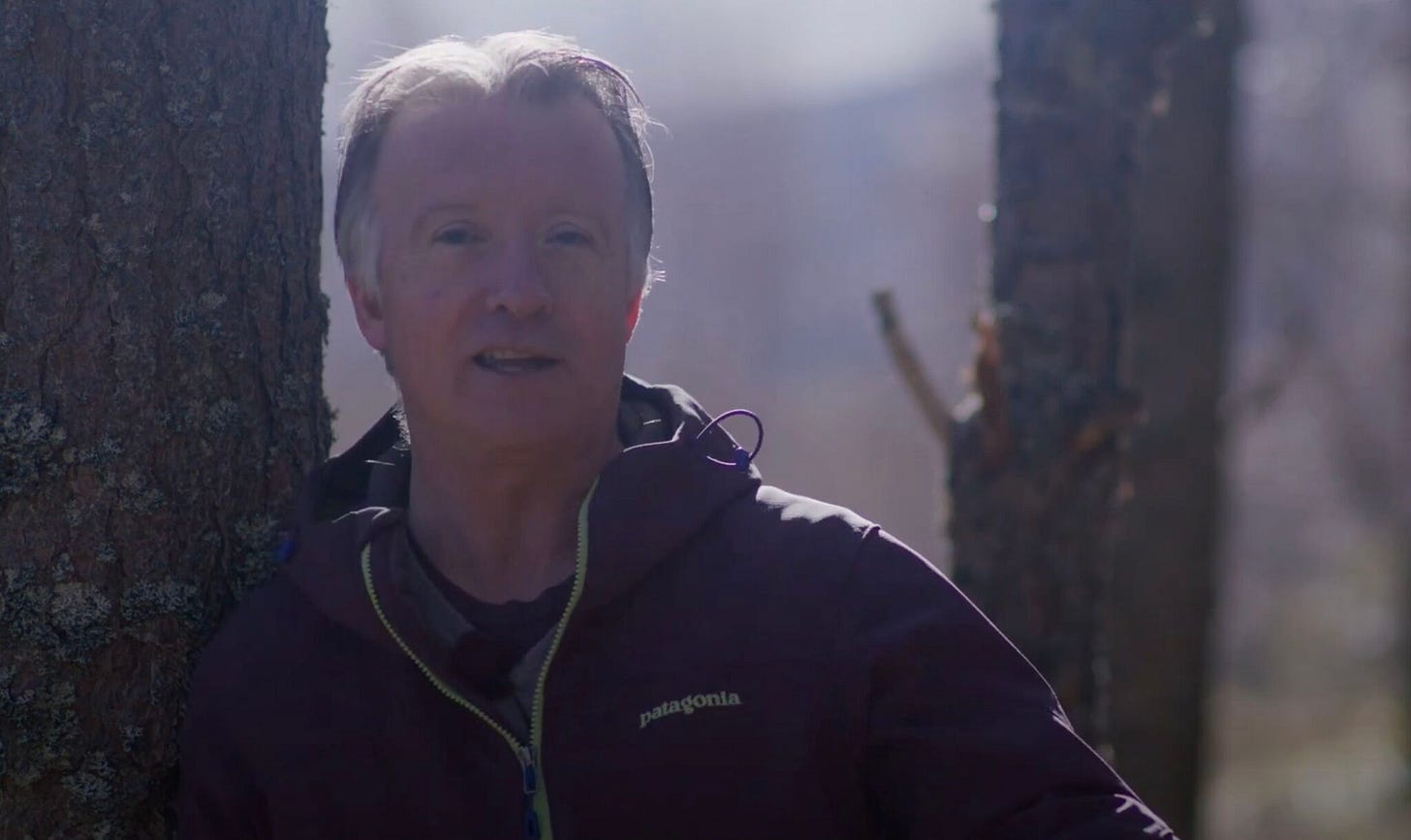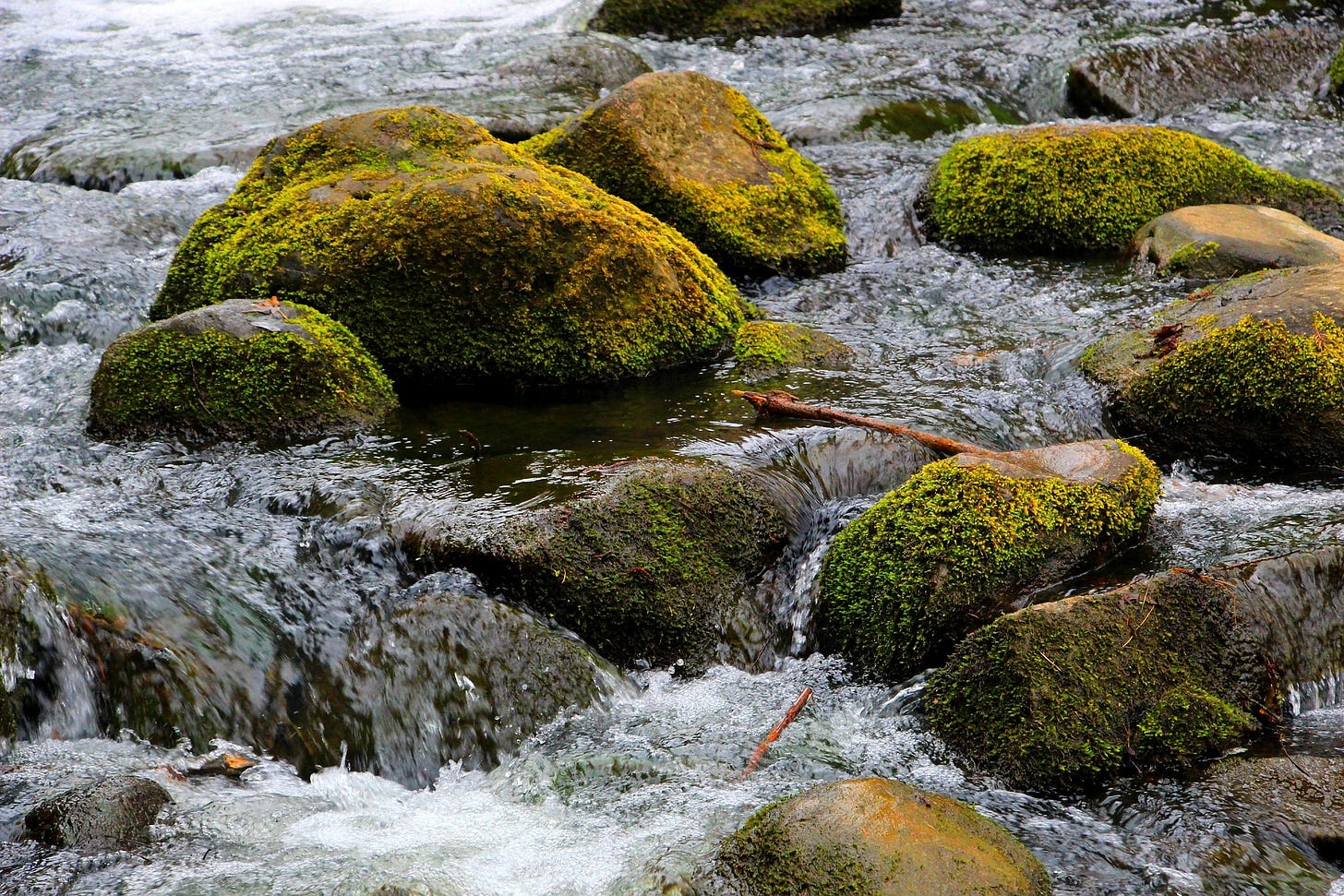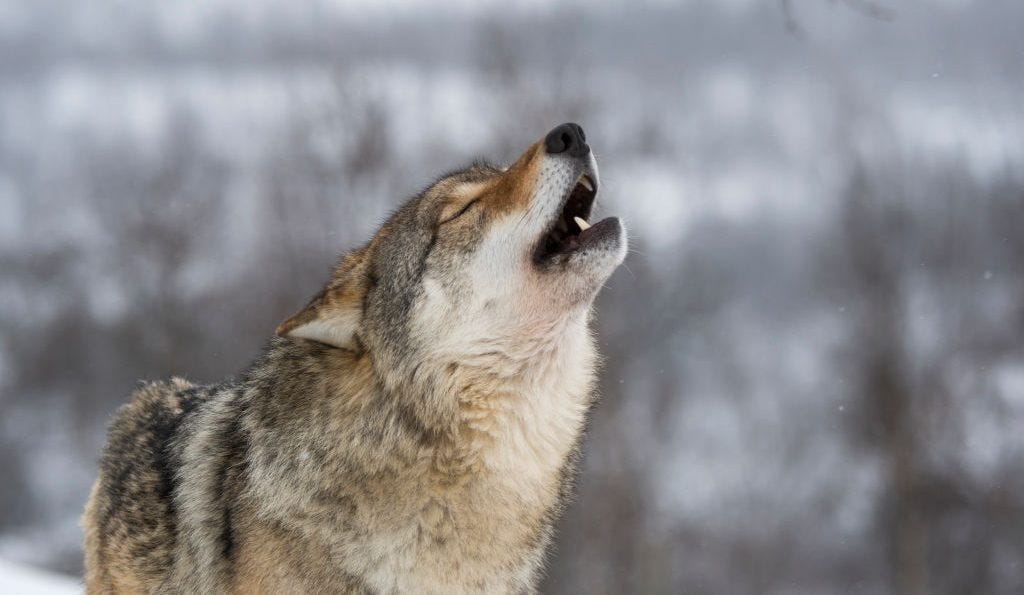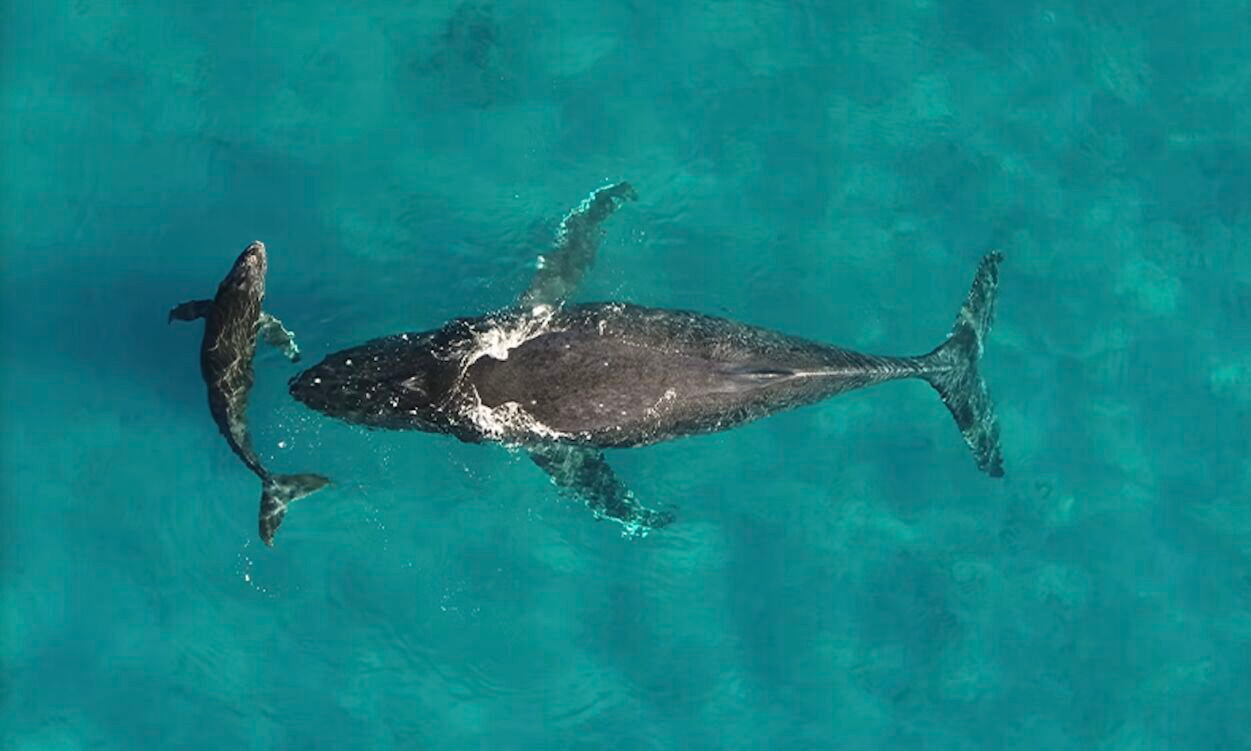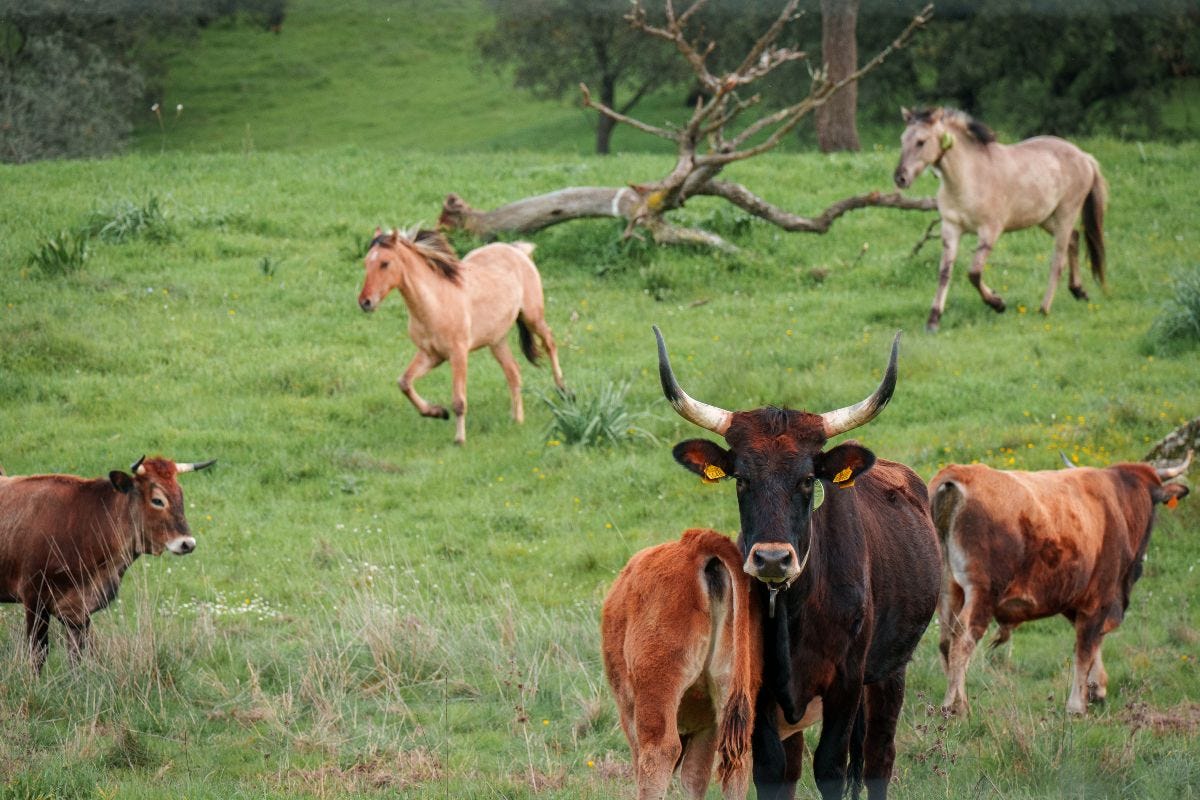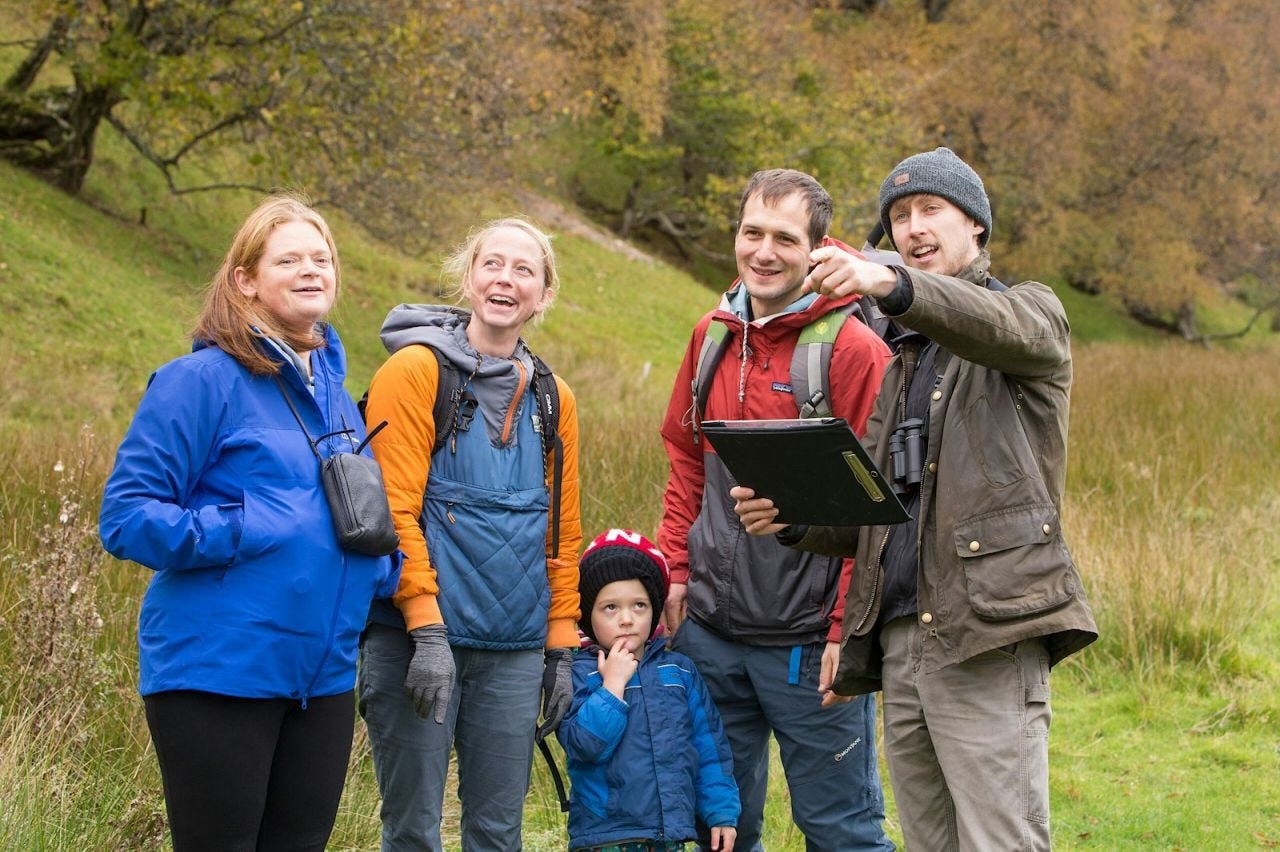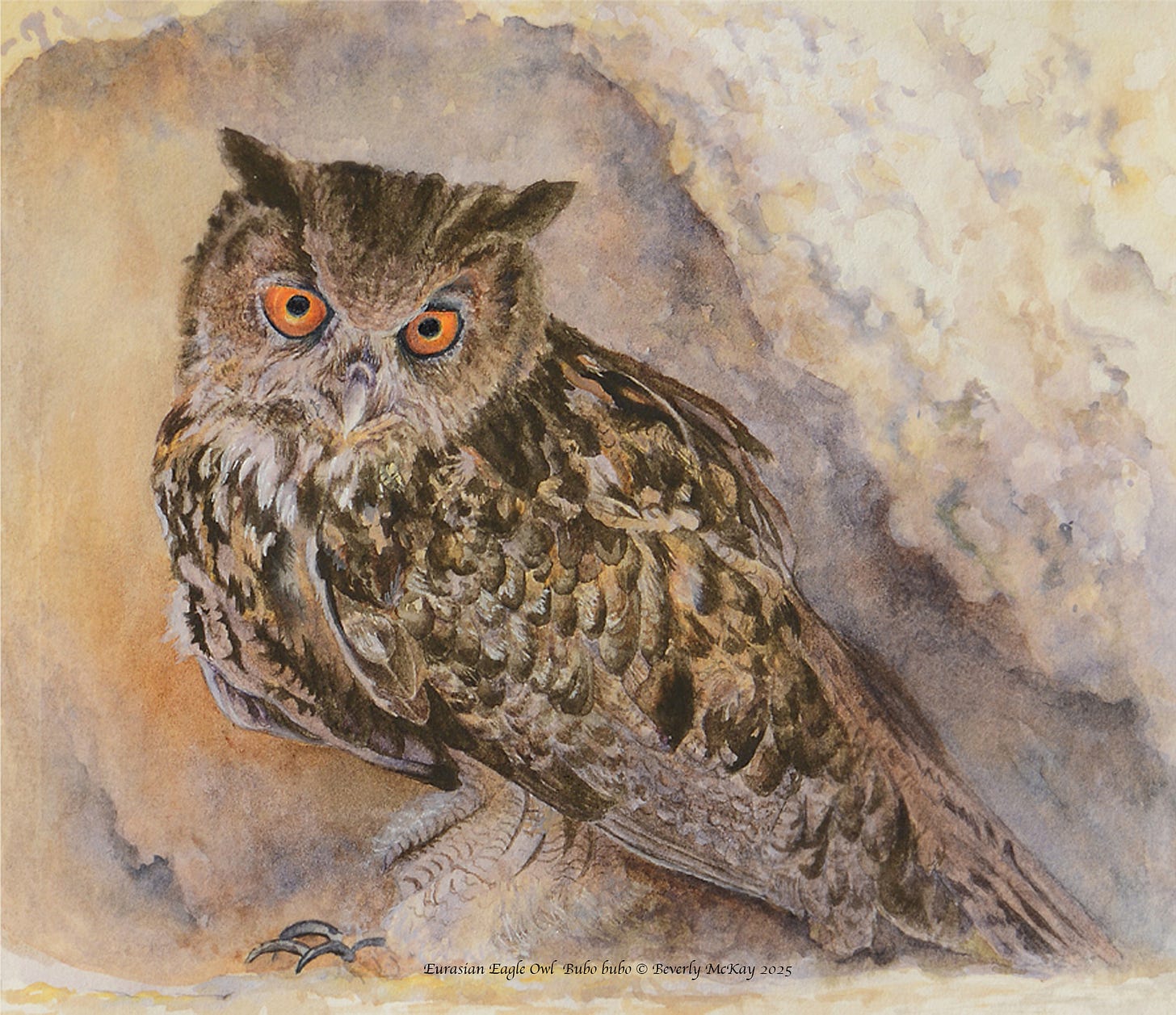Welcome to the latest edition of the Rewilder Weekly! 🦬🌳🐺🌞🌍
I’m roaming Scotland for a while, meeting many rewilders and their projects. To get a sense of what I’ll be immersed in for the coming weeks, take a look at this!
Now then, let’s get on with it - wishing you a good week!
Cheers,
👉 As a reminder: If you come across stories you’d like to see featured in an upcoming edition of the Rewilder Weekly, send them to me and I’ll gladly do what I can.
1) A rewilding time with Peter Cairns
From the moment I had first heard of rewilding, Peter Cairns, Head of Rewilding at SCOTLAND: The Big Picture had been one of those leading and inspirational figures for me, just like Rewilding Europe’s Frans Schepers, Tompkins Conservation’s Kris Tompkins, and Trees for Life’s Alan Watson Featherstone.
And last weekend I had the wonderful opportunity to get to spend a bit of quality time with Peter at Ballintean in the Scottish Highlands. It was brilliant. We talked past and present, future scenarios, politics, leadership, philosophy, storytelling, courage, photography and documentaries, language, philanthropists, entrenched and open minds - ah, and yes, we herded Highland cattle, too.
👉 and here to engage on LinkedIn
2) Nature: Our number one ally
On the occasion of the recent World Rewilding Day, I wrote something a bit more unusual. The demands of the world on our daily lives are very real. But we can and should always strive for better balance, for a steadier center, for more calm and contentment. Nature can gives us that - if we let it.
From the article: “Rocks, maybe more so than anything else in nature, invite us into their calm. Our eyes don’t see them move, their timescale is beyond our grasp. They’re just there. Our kind gets distracted easily. Squirrel! Maybe that’s why rocks became such powerful symbols.” If you up for a read about nature and the nature pyramid and Taoism and Lao Tzu and rocks and ... Ringo Starr (?!) … well then come along!
👉 and here to engage on LinkedIn
3) An in-depth look at new wolf hunting drives in Europe
Euractiv’s Barbara Machado has just published very insightful - and highly troubling - article about the state of wolf hunting across a variety of countries from France to Sweden, to Germany, and to the Baltic states. She writes, “With hunters in some countries branding young wolves as 'trophies', authorities in others turning a blind eye to illegal hunting, and a Commission basing its conservation efforts on questionable data, it looks more like years of successful conservation efforts are now under threat.”
Baltic states have given permission to slaughter 800 wolves this year. NGOs highlight the fallacy of these culls, that they are counter-productive as packs are disrupted, and experienced wolves killed - thus younger, inexperienced wolves will likely attack more livestock. Particularly troubling is the laissez-faire attitude of governments, as insidious trophy hunting and illegal hunts increase, and as bloated numbers of wolf packs are manufactured to legitimize wolf hunts.
👉 and here to engage on LinkedIn
4) Whales: nutrition conveyor belts of the oceans
Fascinating research and an article that puts a focus on nutrition provided by whales as they go about their lives. While it may come as no great surprise to learn just how important whales are for the oceans' ecosystems, this focus on direct nutrition provided by whales was enlightening for me. Nutrition is, for example, the 200-pound placenta a whale delivers into the water after giving birth. Nutrition is also every poop and every streak of urine, and every whale carcass, along the entirety of whale migration routes.
The researchers rightly point out that, today, there are no longer equivalent animal “nutrition conveyor belts” on land. “The migrations of large herbivores, such as buffalo, may have in the past had a similar ecological impact. But these herds are now much diminished, and their migrations constrained by fences and habitat fragmentation so that we now only see a few whispers of these once widespread movements.” Rewilding projects around the world focus on returning large herbivores to our lands, but to date Poland is the only European country that has large numbers of European bison, roaming free. Imagine such numbers across all of Europe, wild horses, or wild cattle, or the bison, free to travel as they choose - and you’d have on land once more that biodiversity-fueling conveyor belt still provided by whales in the oceans.
👉 and here to engage on LinkedIn
5) The immense value of kelp forests
Last Friday marked the International Day of Forests. Blue Marine Foundation took the opportunity to highlight ocean forests. Just take a glimpse at the images shared on Linkedin, forests that lie off the shores of San Francisco, New South Wales, Cornwall, Chilean Patagonia and Shetland. It’s often startling to me to see these underwater forest kingdoms - not only are they stunning, they are also essential for healthy, biodiversity-rich environments that deliver in myriads of ways.
👉 and here to engage on LinkedIn
6) The benefits of a mix of free-roaming large herbivores
What a wonderful picture provided by Rewilding Portugal (and you’ll find several more on their LinkedIn post)! What you see here are Tauros cattle (the back-bred ancestor of the prehistoric aurochs), mixing it up with Sorraia horses. Different herbivore species graze differently and so they’re not stepping onto each other’s hooves, so to speak.
Rewilding Portugal writes, “Herbivores of different species simultaneously as in this case, as well as in combination with wild species such as deer and roe deer, create an effective complement, since we are talking about species that graze different parts of the landscape, moving in a totally different way and with different eating and behavioural habits, increasing the mosaic in the landscape and the existence of open areas among the vegetation.”
👉 Go here to see Sorraia horses and Tauros cattle in action
👉 and here to engage on LinkedIn
7) Welcome to Vildmarken/Wilderness
Thor Hjarsen has just highlighted the launch of the Vildmarken (the Danish word for wilderness) website. He says, “The website is the latest crowning achievement with regard to Saksfjed Wilderness and the entire part of our initiative that is about gathering and disseminating knowledge about rewilding in Denmark - about how we best make room for biodiversity again.”
The Hempel Foundation’s Saksfjed Wilderness, started in 2023, is considered to be one of Denmark's most ambitious rewilding projects. Anders Holm, CEO of the Hempel Foundation, said, “Denmark is a country with some of the lowest levels of wild nature in the world. The Saksfjed Wilderness initiative will help to change that – for the benefit of wildlife and Danish society. Over time, we want Saksfjed Wilderness to become one of the most important natural areas in Denmark, and a beacon for the promotion of biodiversity, which can inspire rewilding efforts both inside and outside the country.”
👉 and here to engage on LinkedIn
8) Making Scotland the world’s first rewilding nation
The Scottish government is working on a Land Reform Bill - and Rewilding Britain is calling for the parliament to transform the bill into one that’s better for nature and people. They write, “We want to see the Bill amended so that Scotland’s largest estates lay out their plans to restore nature. In a nature emergency it’s not enough to hold the line. With large-scale landownings making up 40% of Scotland, this is vital in helping repair the country's ecosystems.”
According to Rewilding Britain, Scotland is currently ranked 212 (!) out of 240 countries for the state of its nature. This depleted state also presents an fantastic opportunity for Scotland to become a beacon of nature restoration, a leading example for the rest of the world. Countless rewilding projects are in the works already but, these currently make up just over 2% of Scotland’s lands.
👉 Go here Rewilding Britain’s briefing paper on Scottish land reform
👉 and here to engage on LinkedIn
As usual, the Rewilder Weekly concludes with a nature science illustration. This time science illustrator Beverly McKay gives us your typical grumpy looking Eurasian Eagle Owl. Don’t worry, it just looks grumpy, it’s actually in a great mood.
If you enjoy the Rewilder Weekly …
… consider supporting my work. Your paid subscription will help generate the funds needed to realize a unique rewilding book I’m working on (if you want to know more about it, let me know). And, of course, that paid subscription also ensures that the Rewilder Weekly will always keep going for those who cannot afford to pay. A thousand thanks!
That’s it for this week’s edition! For more rewilding insights and stories from around the globe, use the #rewilding hashtag on LinkedIn and follow people, organizations and groups that are as passionate about rewilding as you are. Let’s keep connecting and growing the movement!








